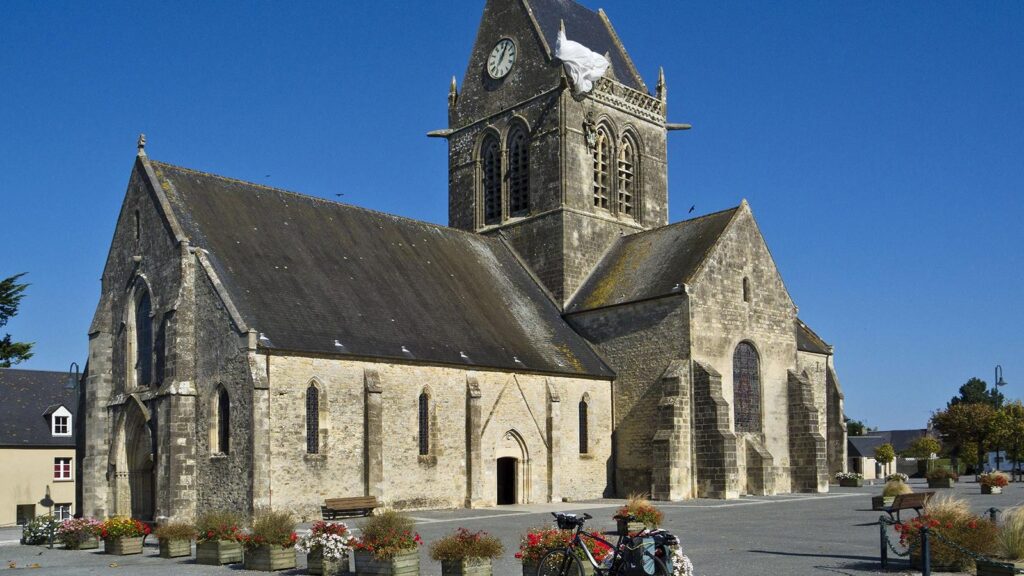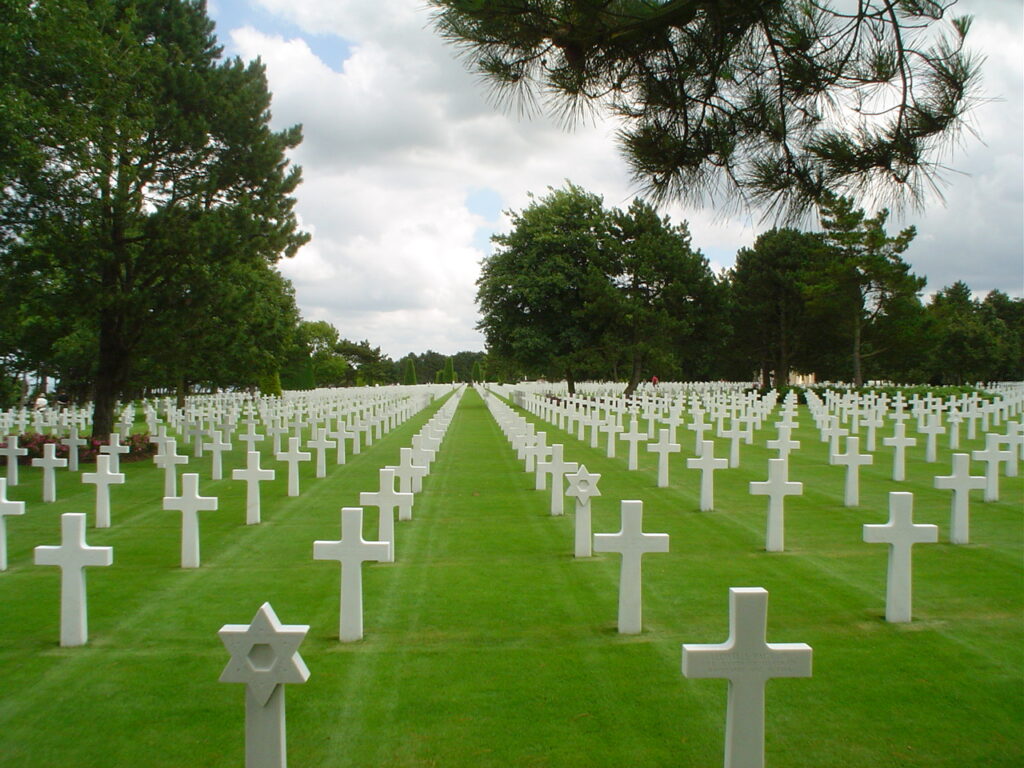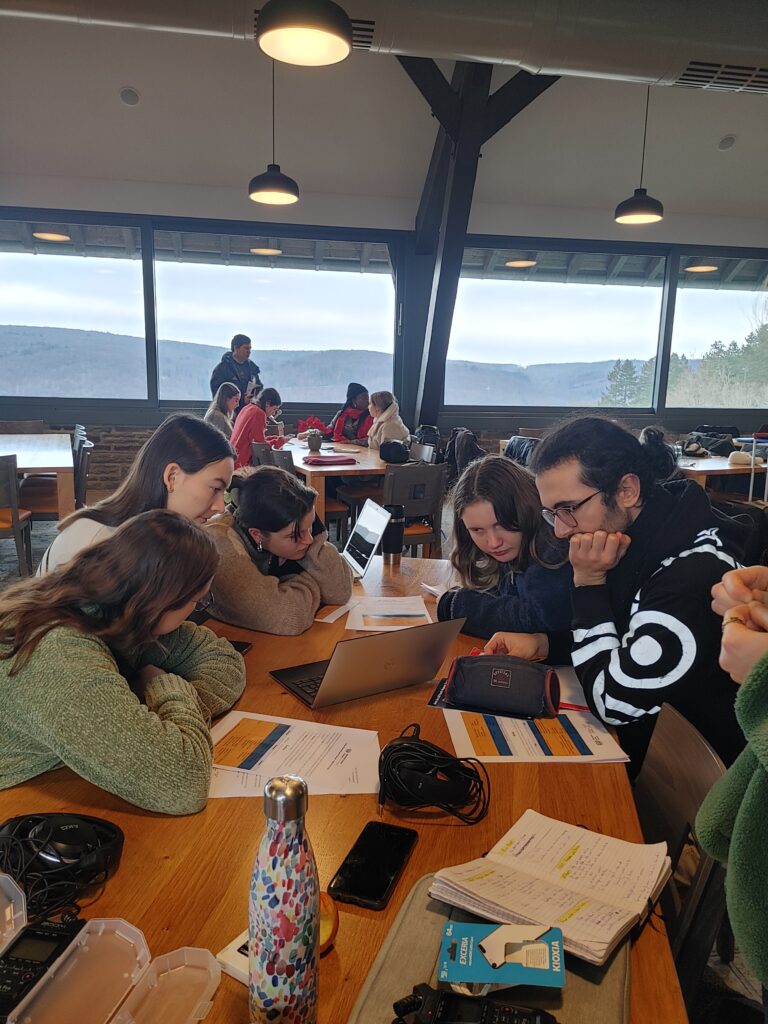
The exchange program taking place in France (Normandy and Paris) offered young history enthusiasts the opportunity to delve deep into the historical events that shaped our modern world.
Participants engaged in a variety of creative projects, including video production, podcast creation, and historical storytelling, enabling them to explore and express the human stories behind the conflict.
As the exchange traversed the landscapes where pivotal battles were fought, participants gained invaluable insights into the war’s legacy. This program wasn’t just about learning history; it was about bringing it to life through modern media. Participants worked collaboratively with fellow participants, shared perspectives and improved skills in storytelling and digital media.
Whether you interviewed locals with personal stories to tell, captured the essence of historical sites on film, or recorded narratives and interviewed people for a podcast, you contributed to preserving these vital memories for future generations. You joined us in this educational adventure, and were a part of a living history that continues to resonate today.
The day began in Sainte-Mère-Église with a visit to the Airborne Museum, a museum dedicated to the American paratroopers of D-Day. After this experience, the participants had a work session to start their content production and talked with the museum guide.
In the afternoon, the group headed to the German Cemetery of La Cambe. After visiting the museum, they walked through the cemetery, where 21,222 German soldiers who died in the Battle of Normandy between June and August 1944 are buried.

On the second day, the group visited the American Cemetery in Colleville-sur-Mer, a symbolic place of remembrance. This site honors the 9,387 American soldiers who died in the Battle of Normandy and also includes a memorial, a chapel, and a garden of remembrance.
In the afternoon, the participants visited the D-Day Museum in Arromanches, where they learned about the history of the artificial harbor used on D-Day. A work session allowed the group to continue their podcast and deepen their discussions.

On the third day, the group spent time on research and content creation.
In the afternoon, participants went to the Juno Beach Centre, a museum dedicated to the Canadian forces’ role on June 6, 1944, and the liberation of Normandy. A work session allowed them to continue their content creation and share their thoughts on the day.

On the fourth and final day, the group travelled to Paris to visit the Museum of the Order of Liberation. At this memorial museum in a prestigious setting at the heart of historic military Paris, France’s second national order tells the story of the Companions of the Liberation, including Free France, the interior Resistance and the deportation. A final work session allowed them to complete their content creation, the culmination of their reflections and discoveries throughout the program.
After this enriching visit, the participants shared a final meal in a Parisian brasserie, a special moment to reflect on their experience and the highlights of the trip.

Sign up and join one of the exchange trips across Europe to keep the history of the Second World War alive!
© LRE Foundation - 2025